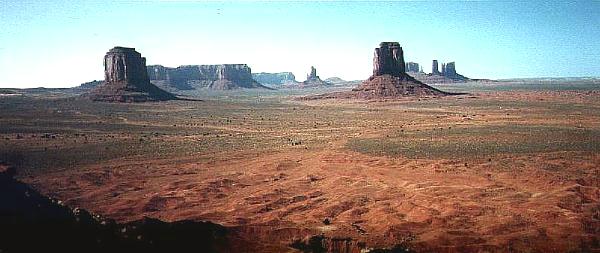
Data collection (continued)
Lecture
graphics
- Typical sampling methods
- Some measure of abundance of individual taxa (not
necessarily species, though this is usu. attempted)
- Quadrat sampling
- Determination of quadrat and sample size:
- Species-area method
- nested plots, each 2 x previous --> species-area
curve
- various cutoff rules devised to determine where
curve is "flat"
- Statistical methods
- compute standard errors of the mean for dominant
(or common) species for various quadrat
sizes and
number
- Convention
- Attributes commonly used to signify importance:
- frequency
- density (w/ easily-distinguishable individuals)
- biomass (aboveground)
- cover (usu. foliar)
- usu. visual estimation of precise cover or
assignment to cover classes (or both,
w/
former preceding latter)
- various scales are used for cover classes;
results depend on scale used
- Data collection limitations:
- Plant distributions and environmental factors involve
many spatial scales, so any sample (quadrat) size may
be appropriate for some species, too large for others,
too small for others
- Accuracy usu. can be improved by increasing size and
number of quadrats (to a point), w/ cost as a trade-off
- Typical data management methods:
- Transformations to reduce heterogeneity of variance
- W/ ecological data, variance usu. incr. w/ incr. in
mean cover, density, or biomass --> log
transformation
- ynew = loge(yold)
- or, w/ values of 0, ynew = loge(yold
+ 1)
- van der Maarel's cover/abundance scale is comparable to
log-transformed data for cover values (5-9); abundance
values (1-4) all unrealistically represent identical
cover values
- Remove rare species (
 5% frequency)
5% frequency)
- more on the effects of this later
- Eliminate outliers
Previous
lectureNext lecture
 5% frequency)
5% frequency)